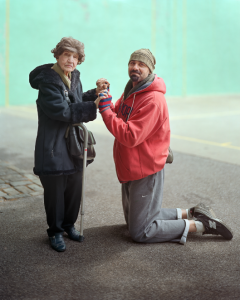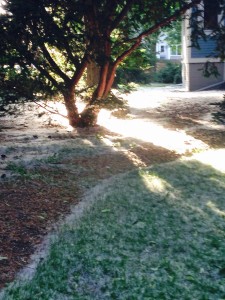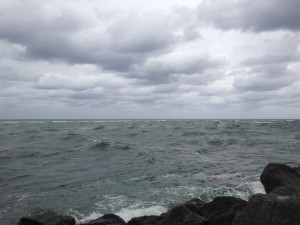 If you’re a Reiki practitioner, you may have a self-Reiki practice that begins as soon as you wake up in the morning. I know I do and I cherish those minutes of self-care that begin my day, focus my attention, and connect me with my higher purpose.
If you’re a Reiki practitioner, you may have a self-Reiki practice that begins as soon as you wake up in the morning. I know I do and I cherish those minutes of self-care that begin my day, focus my attention, and connect me with my higher purpose.
Perhaps you’ve also noticed, that just upon waking can be a moment of great insight. This can include insight into your own psyche or the revelation of a solution to a difficult situation that you may be facing. Sometimes there is great clarity as we face the first moments of our day.
Recently, I was startled by a thought that greeted me upon waking, “What did I do wrong?” Now guilt and blame have been my companions at other times in my life, but I was startled by how clearly I heard this thought. When I heard it I knew instantly that it was one that must be running in my subconscious during the day.
A few minutes later I asked my self, “What did I do right?” And then I asked myself to continue with that question throughout the day. As I moved through my day I noticed that there were people in my workplace who were focused on wrongdoing and blaming. As I reflected further on this, I felt that I had picked up from them this perspective and had internalized it with the constant thought, “What did I do wrong?”
I then thought, “Well, maybe it’s just me. Maybe I’m particularly sensitive to this blaming and guilt and that’s why I picked it up from these people and this environment.” Then, the next day, one of my coworkers was talking about her work and she said, “I’m always thinking, ‘What did I do wrong? Did I make another mistake?’” I was relieved, in some ways, to see I wasn’t the only one who had caught this perspective and provided her with reassurance on her excellent work performance.
So after all this reflection and all these revelations, I came back to the thought, “What did I do right?” After a few weeks, I was feeling much better and was focused on how many things I do right in a day. Granted there are still many mistakes, but they don’t have to be the focus.
Another benefit of the “what did I do right?” perspective was how I started applying it to others in my life. It helped me to focus on the positive things that my family, friends, colleagues, and strangers are doing on a regular basis.
So I offer to you today, ask yourself, “What did I do right today?” I think you’ll be delighted by the answer and it will give you the energy to cultivate even more of those positive actions.
Do you have experiences with thoughts upon waking or focusing your inner dialogue on what’s right? If yes, please share your experiences in the comments below! Thanks!
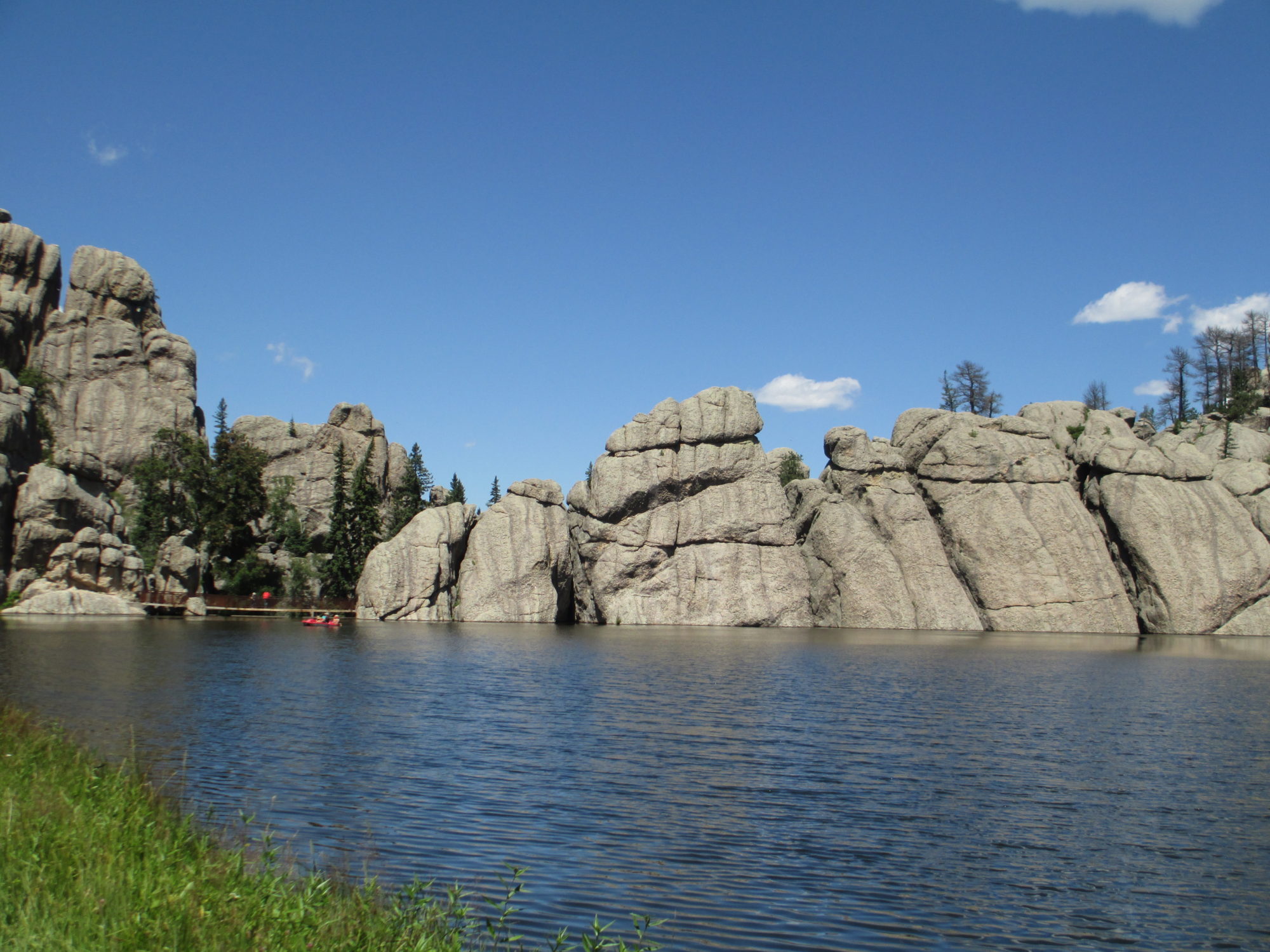
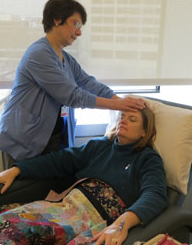
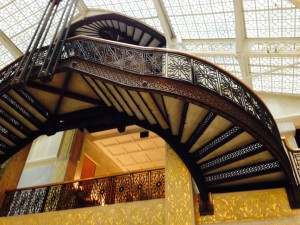 Let’s get straight to the punch line for this post: With Reiki, as with life, there are no guarantees. I wish there were, but there are not.
Let’s get straight to the punch line for this post: With Reiki, as with life, there are no guarantees. I wish there were, but there are not.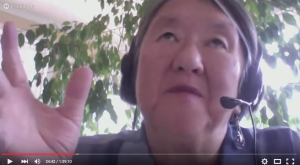
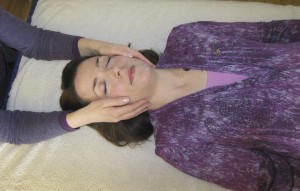 When I learned Reiki back in 2001 at
When I learned Reiki back in 2001 at  Imagine having less than $200 to your name, a young family to take care of, and agreeing to carve a mountain to honor Native American heroes. No one was going to help you — it would be just you, the mountain, tons of rock, blasting equipment, and the occasional herd of mountain goats, but this would become your life’s work. Through thick and thin and, I imagine, many naysayers, you would persevere because you have a mission, a calling, a vision, to honor Native Americans. Can you imagine having such a driving vision for your life?
Imagine having less than $200 to your name, a young family to take care of, and agreeing to carve a mountain to honor Native American heroes. No one was going to help you — it would be just you, the mountain, tons of rock, blasting equipment, and the occasional herd of mountain goats, but this would become your life’s work. Through thick and thin and, I imagine, many naysayers, you would persevere because you have a mission, a calling, a vision, to honor Native Americans. Can you imagine having such a driving vision for your life?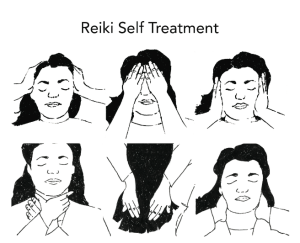 If you’ve taken a Reiki level 1 class hopefully you’ve been taught how to have a self-Reiki practice. This practice usually entails a regular practice at the beginning and end of each day plus regular applications of self-Reiki throughout one’s day. There are particular hands-on positions that one follows (some of them are illustrated in the image on the right) or the practitioner uses a free-form approach.
If you’ve taken a Reiki level 1 class hopefully you’ve been taught how to have a self-Reiki practice. This practice usually entails a regular practice at the beginning and end of each day plus regular applications of self-Reiki throughout one’s day. There are particular hands-on positions that one follows (some of them are illustrated in the image on the right) or the practitioner uses a free-form approach.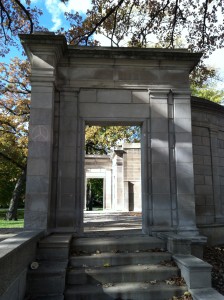 Cheryl came to my office for a Reiki session. When she arrived she appeared tense and agitated. I asked her what she would like from the Reiki and she responded very clearly, “Mental clarity!” Of course, Reiki is helpful with getting the mind focused and honing in on a solution to a problem or a decision that needs to be made.
Cheryl came to my office for a Reiki session. When she arrived she appeared tense and agitated. I asked her what she would like from the Reiki and she responded very clearly, “Mental clarity!” Of course, Reiki is helpful with getting the mind focused and honing in on a solution to a problem or a decision that needs to be made.